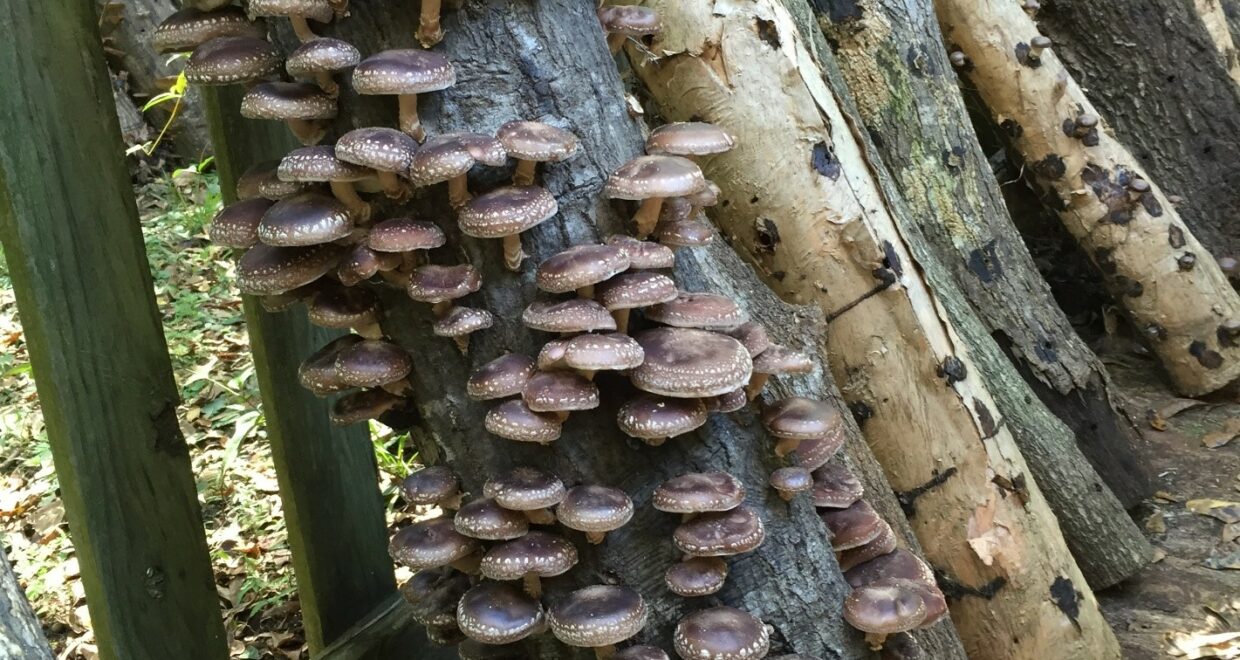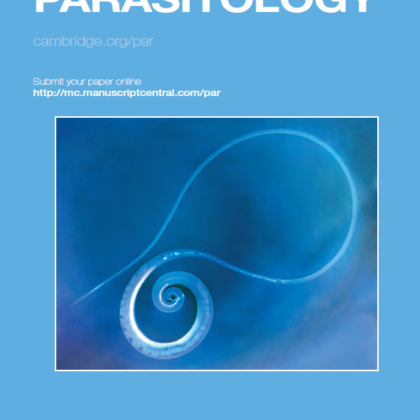Mushroom Production Shows Promise with Invasive-Species Tree Logs
An article in the latest issue of Invasive Plant Science and Management provides new insights on the varying potential for using invasive tree logs to grow edible, marketable mushrooms.
“Our research project demonstrated the viability of logs from invasive trees to produce edible mushrooms on small farms in the Southeastern United States as an additional income source,” says the study’s lead author, Kristen Bowers, Ph.D., New Mexico State University postdoc research scientist and USDA Agricultural Research Service (ARS) biological science technician, Tallahassee, Florida. “Producing edible mushrooms on invasive tree species was an efficient use of on-farm natural resources that enhanced the ecosystem, improved environmental quality, and protected biodiversity, in addition to maximizing the local food system.”


Cutting down invasive trees and removing the waste generated by branches and trunks is often cost prohibitive. To help offset invasive tree removal expenditures, especially for small scale farmers, the study showed that at least Chinese tallowtrees (Triadica sebifera) could be cut and used at farms in northern Florida and southern Georgia to economically produce edible and marketable shiitake mushrooms (Lentinula edodes).
“Throughout the United States, agricultural producers struggle to control and remove invasive trees on their land,” adds Bowers. “So, this study shows feasibility for a new strategy to offset the cost of invasive trees, which can cause a significant reduction in productivity if left unchecked.”
More information is available in the online article, “Use of nonnative, invasive tree logs for commercial mushroom production,” published in Invasive Plant Science and Management, vol. 17, issue 2, by Cambridge University Press. Invasive Plant Science and Management is the official publication of the Weed Science Society of America.
About Invasive Plant Science and Management
Invasive Plant Science and Management is a journal of the Weed Science Society of America, a nonprofit scientific society focused on weeds and their impact on the environment. The publication presents peer-reviewed original research related to all aspects of weed science, including the biology, ecology, physiology, management and control of weeds. To learn more, visit www.wssa.net.







Really interested in this
Acquiring spores infused bar oil for chainsawing would also be something I would like to use
Good stuff , love it